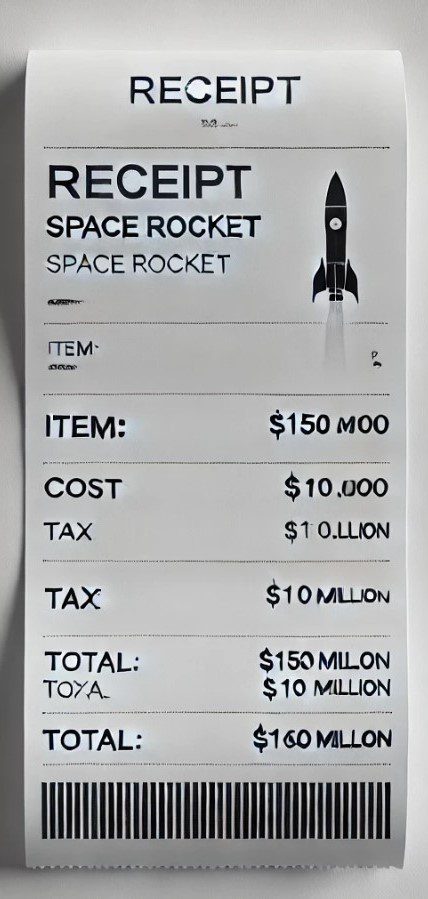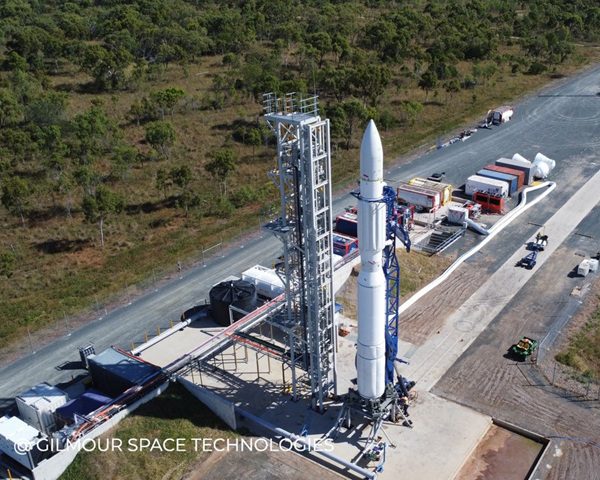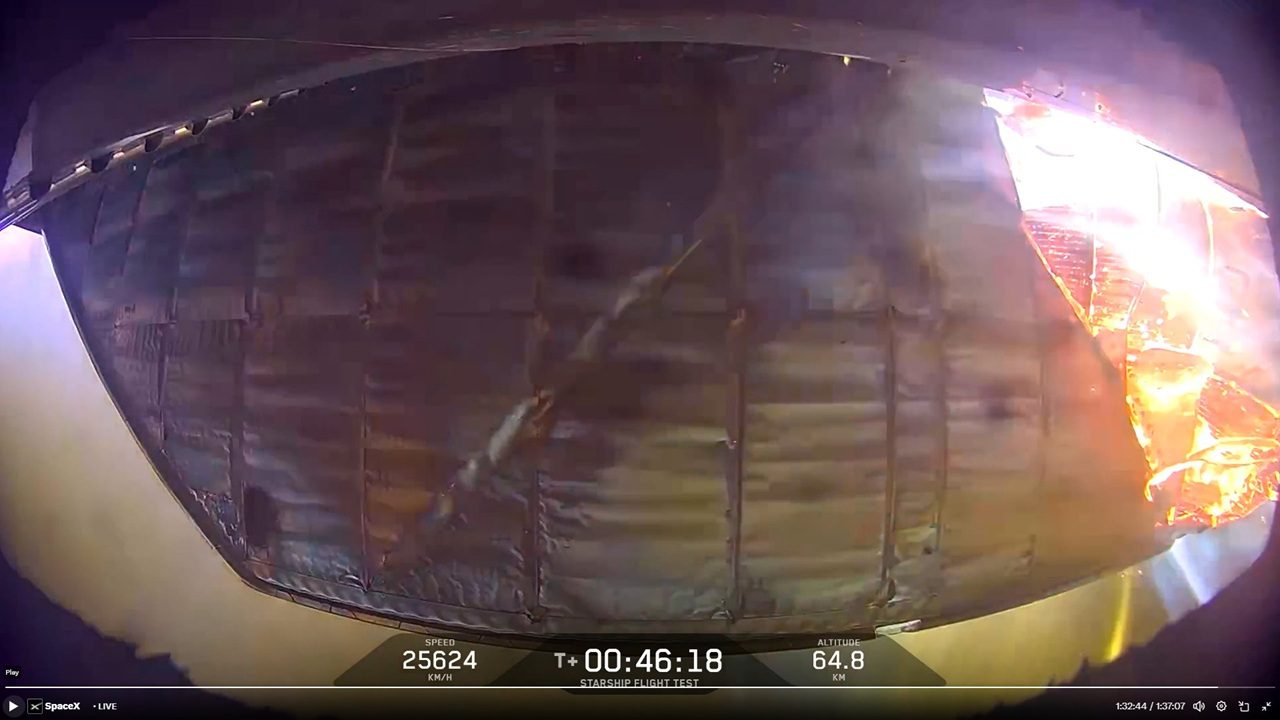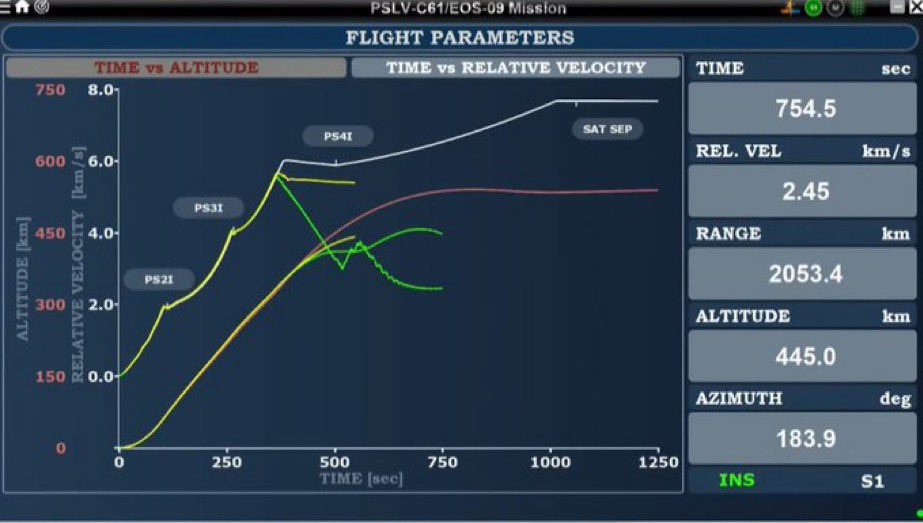From 1 May NASA is to start a three-year human machine interface research and development study for defining the Orion Crew Exploration Vehicle’s (CEV) cockpit layout requirements, displays and for rapidly prototyping the controls. The work may be extended by a further two-years to 30 April 2014
NASA says the three to five year study will use and further develop the tools and concepts created during the space agency’s previous X38/CRV Human Machine Interface R&D work, its Advanced Cockpit Evaluation System, and the Sensor Fusion Project
The study is the third of three phases, the first two of which were for CEV cockpit prototyping and were carried out by Houston, Texas based-Aerospace Applications North America (AANA)
Interestingly this webpage says that due to g-levels and vibrations higher than the Space Shuttle environment Orion CEV pilots will have to use a “handheld” remote unit and not interact with the cockpit dashboard directly. And this September 2007 interface concept report by NASA Ames Research Center’s Intelligent Spacecraft Interface Systems Laboratory says:
Project Constellation flight vehicles are going to have much less interior volume than the shuttles. This constraint, along with the fact that the Orion Crew Exploration Vehicle (OCEV) is expected to have higher peak g loadings and vibration levels than the shuttles, is forcing most vehicle operations concepts to be designed around electronic crew-vehicle interfaces. With almost no interior room for the physical switch panels that dominate the cockpits of the shuttles and previous crewed spacecraft, for example, virtually all vehicle commanding will take place through soft commanding interfaces. Most nominal and off-nominal procedure checklists will be stored in computer memory, rather than on paper, and crews will locate and navigate through checklists via an electronic procedure viewer. Last but not least, crewmembers’ arms will be restrained during dynamic flight phases, necessitating an operations mode in which all crew vehicle interactions are accomplished through one or more handheld devices usable under high g loads and vibration levels. As these devices represent a form of remote control, virtually all operations with these devices require electronic interfaces.
This image below shows the “Nostromo” handheld device that was used during the cockpit interface research







